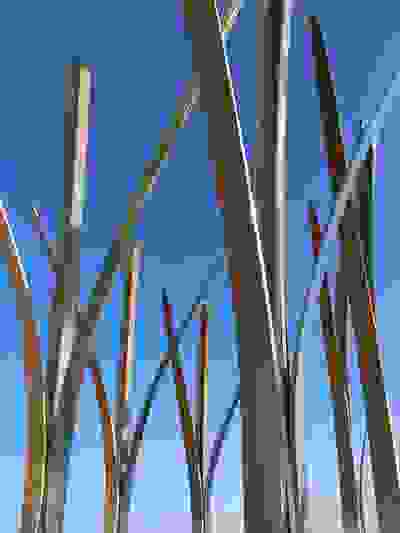THE INSPIRATION FOR 'CHANGING TIDE'
For thousands of years, Wetlands, like Richmond’s, made the San Francisco Bay one of the Earth’s jewels of biodiversity. This sculpture site was once pristine tidal marsh. This all changed in the 1840’s when gold was found. Since the Gold Rush, humans have filled in one third of the Bay. The dredging and processing of rivers, sent an onslaught of silt and mercury downstream, and the resulting boom in population pushed real estate development out into the easily filled shallows around the Bay’s perimeter. Growing human consumption led to the collapse of the marine ecosystem. Years of water pollution followed.
The tide turned in 1965 when a few citizens banded together to resist the filling of Richardson Bay for housing development, resulting in the establishment of the San Francisco Bay Conservation and Development Commission (BCDC). The Clean Water Act of 1972, aided the course correction with protections and marine restoration actions. For several decades now, community organizations have worked to strengthen a healthier Bay habitat.
Today, Richmond’s 32-miles of coastline is home to 3/4 of all the eelgrass and native oyster reefs in the entire San Francisco Bay. Eelgrass is a foundation species providing habitat for invertebrates. Eelgrass is essential for restoring the Bay Area marine ecosystem.
The 'Changing Tide' sculpture evokes the wonder of our Bay world through an underwater experience. Programmed lighting charts the actual rhythmic rise and fall of the tides. The sculpture stands as a tribute to the growing stewardship that has worked to save our bay and provide a forum for inspiring continuing action.
